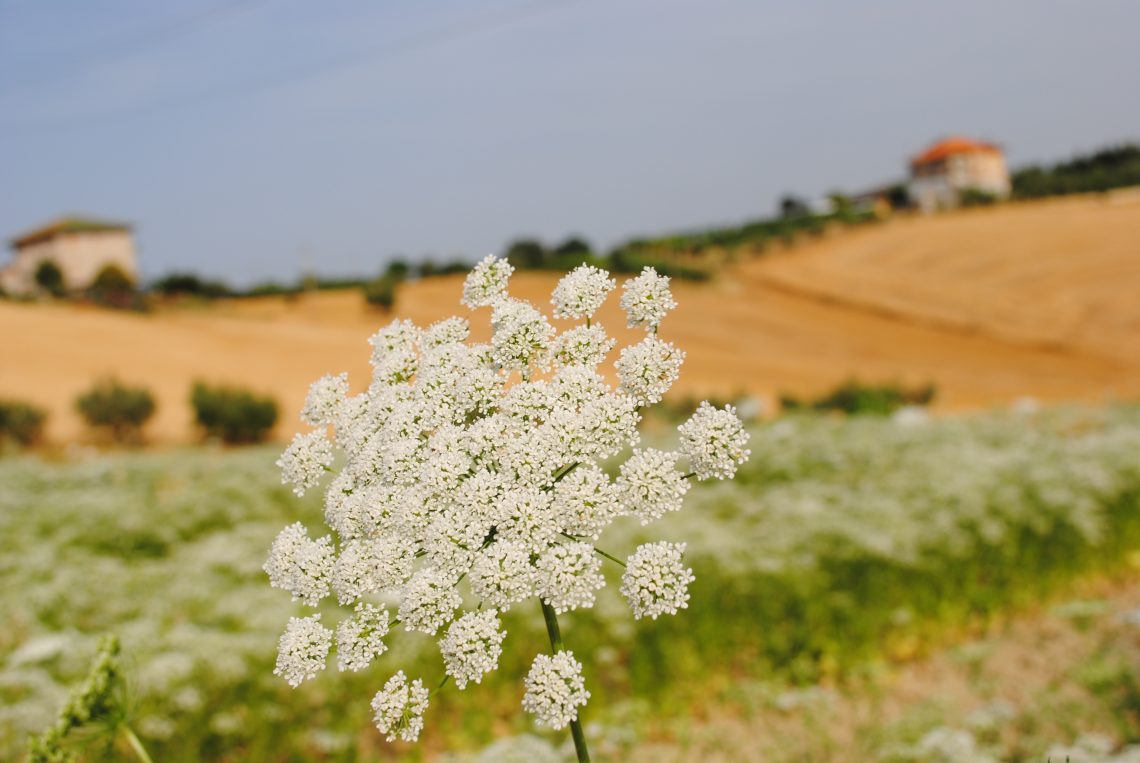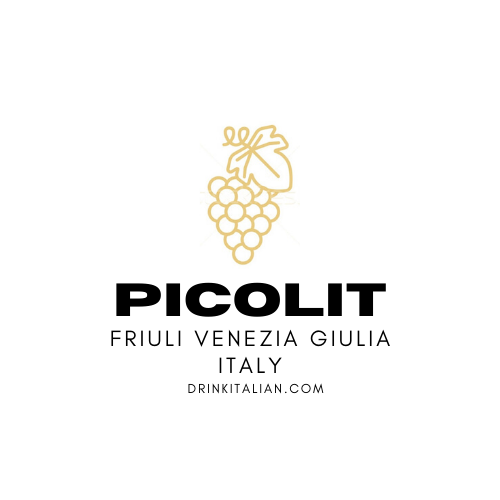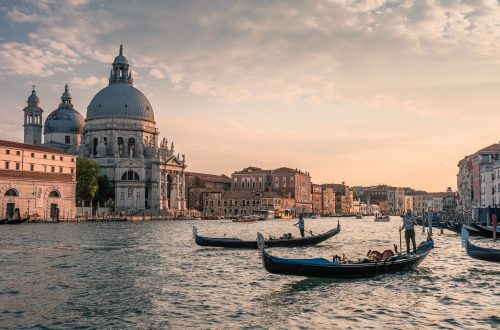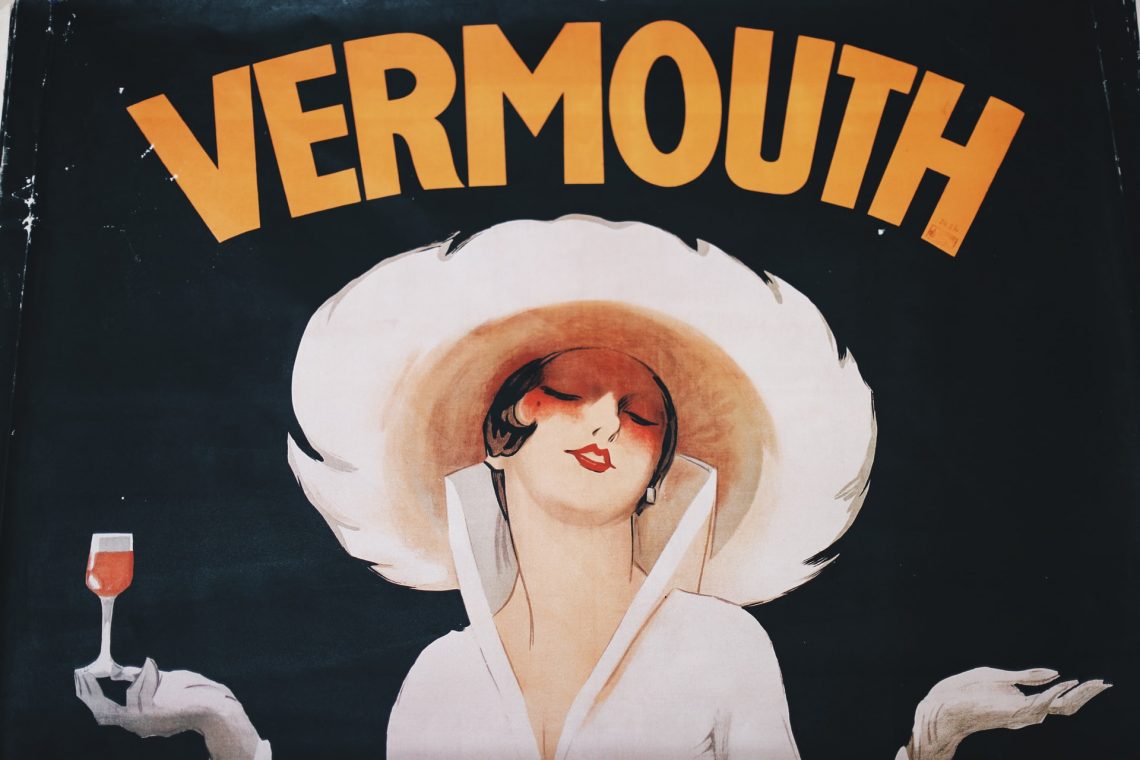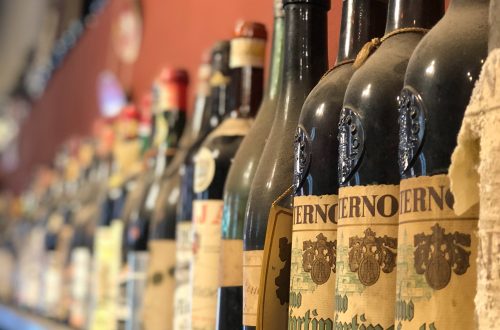SPIRITS
Discover all the Italian Spirits!
Italian Spirits have a long and ancient tradition. From the infusion of aromatic plants and herbs to create medicines to the use of fruits and sweet syrups for the pastry, Italian Spirits are now some of the best ingredients for the mixology but they also give pleasure also when drunk neat.
You will find here all the articles about the botanicals, and the unique ingredients. You will learn the distillation methods, the secret of a fascinating art that began many centuries ago.
Learn about Liqueurs, Cordials, Amaro, Grappa, and many more.
Each region has specific products that are related to the natural ingredients that can be sourced locally. Herbs, fruits, and vegetables, like for example the Sfusato lemons from Amalfi for the Limoncello, the Alpine herbs for the Amaro, the juniper in Tuscany which actually goes in many gins around the world. Italian Spirits are the pride of the territory and people used to serve them to welcome friends and strangers.
The right moment for each drink
Italians have some rituals: the Aperitivo (Aperitif) before a meal, and a sip of Digestivo after the meal. All the Italian Spirits are protagonists in these 2 moments, either neat or in cocktails. The word Aperitivo itself comes from Latin and it means to open, so the meaning can be to literally open the stomach to welcome food. The purpose of this convivial moment is to gather with family and friends, the loved ones with whom you are going to share a meal, and stimulate the appetite with a bitter-sweet light alcoholic drink. The word Digestivo comes from Latin and it means to digest. So the purpose of it is very simple, to help with digestion. Italians drink digestivos to linger with the meal experience and prolong the company of family and friends.
-
Anisette/Anisetta, a tasty liqueur worth indulging
Anisette/Anisetta is a sweet but potent liqueur made from aniseseed. Anise, called Anice (pronounced ah-NEE-cheh) in Italian, once grew wild in the Mediterranean and is one of the oldest known spice plants.Anisette is predominantly flavored by the “licorice”-flavored essential oil anethole elaborated from anise seed.Anisette is particularly popular in the Mediterranean region, and different countries have their own versions. The Italian version was born in the town of Ascoli Piceno. There are 2 men and their families who are mostly linked and who have shaped the history of the Italian Anisette/Anisetta: Umberto Rosati and Silvio Meletti. Silvio Meletti, the distiller who introduced Anisetta to the world While Anisetta Rosati is pretty famous…
-
Botanicals in the Vermouth
Although Vermouth was born in Italy, most of the botanicals used in this aromatized fortified wine are not typical of Italy, like for example the Wormwood. Let’s discover together the secret of this famous Italian Aperitif. Wormwood / Artemisia Absinthium Every producer has its own proprietary recipe, their own maceration, and extraction process, and a tradition passed generation through generation. Nonetheless, there are some ingredients that must be in the Vermouth recipe. For example, the wormwood, which actually gives the name to this wine: Vermouth comes from the German word Wermut and it means wormwood. Even if wormwood was one of the original and central botanicals of the medicinal wine,…
-
Vermouth
Vermouth is an aromatized, fortified wine flavored with various botanicals (roots, barks, flowers, seeds, herbs, and spices) of which each producer has his own secret recipe. The two styles are dry and sweet. We are working on this Vermouth description. Please come back soon.Send us an e-mail if you are looking for more info at cheers@drinkitalian.com Looking for interesting books about Vermouth and Aperitivi?– Aperitif: A Spirited Guide to the Drinks, History and Culture by Kate Hawkings– Vermouth: A Spirited Revival by Adam Ford Additionally, you can discover other Italian Spirits.
